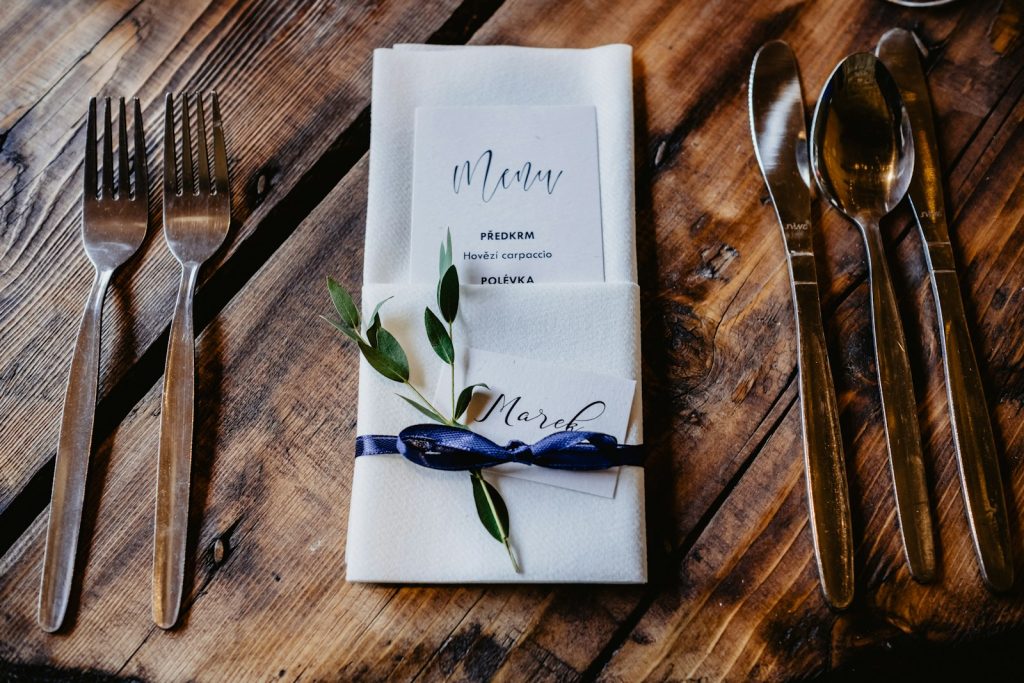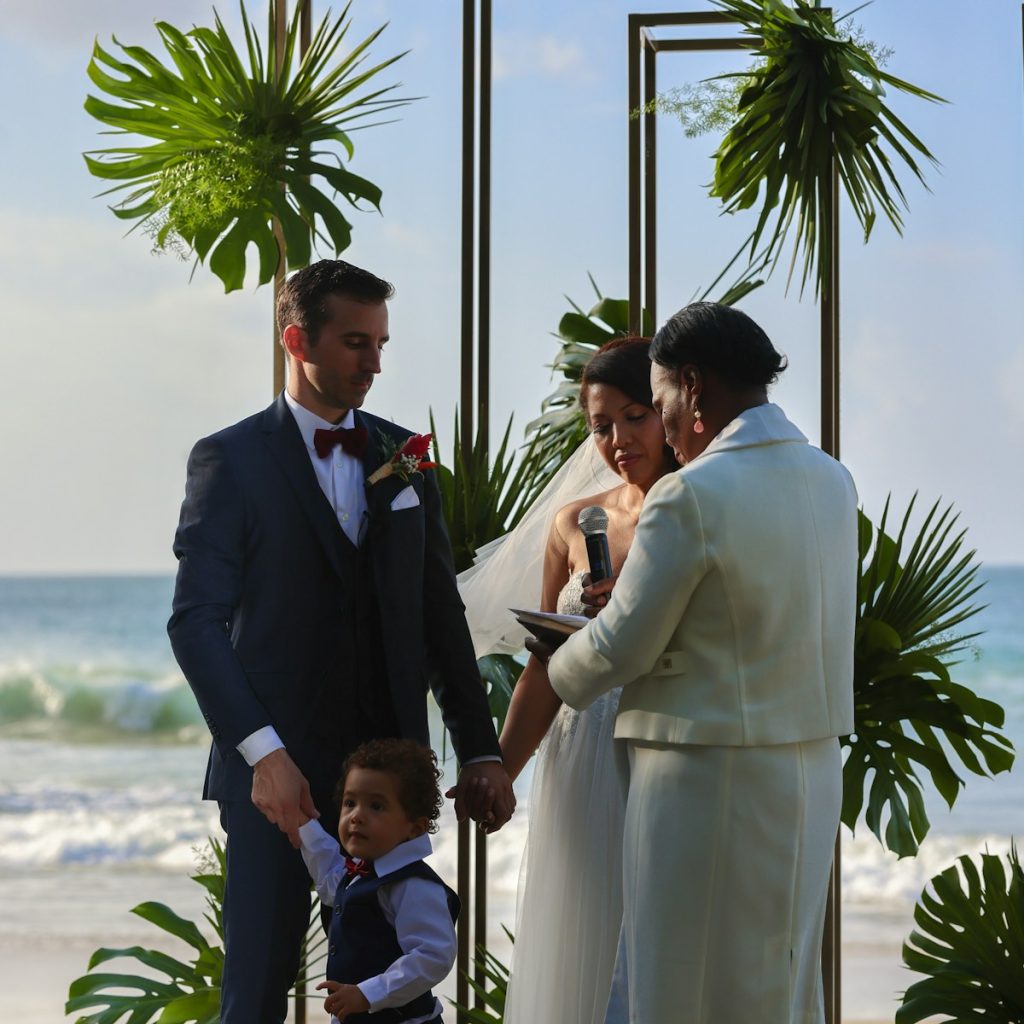When planning a memorable wedding, the choice of catering services in Gold coast can make all the difference, and that’s where Wedding Buffet Catering comes into play. A wedding buffet offers an exceptional blend of variety, flexibility, and guest interaction, creating an unforgettable dining experience. From elegant appetizers to sumptuous main courses and decadent desserts, a well-planned buffet ensures that every guest finds something they love. This guide delves into the essentials of wedding buffet catering, covering everything from menu selection and budgeting to practical tips for seamless service.
The charm of wedding buffet catering lies in its ability to cater to diverse tastes and dietary preferences while maintaining a festive atmosphere. Whether you’re aiming for a traditional setup with classic dishes or a modern twist with gourmet selections, a buffet allows for endless customization. By understanding the key elements of planning, you can create a wedding buffet that not only satisfies hunger but also adds to the joy and celebration of your special day. Let’s explore how to make your wedding buffet a culinary highlight that guests will remember fondly.
What is Buffet Service?
Buffet service allows guests to serve themselves from a central display of various food stations. This approach offers a wide variety of dishes, catering to different tastes and dietary preferences. Guests can choose their desired portions, creating a more casual and relaxed atmosphere compared to a formal plated service.
Wedding buffet catering has become a popular choice for couples looking to provide a diverse and engaging dining experience for their guests. This style of catering offers a variety of benefits, but it also comes with some challenges. Understanding both the pros and cons can help you decide if a wedding buffet is the right option for your special day.
Pros & Cons of Buffet Wedding Catering
| Pros | Cons |
|---|---|
| Variety of Food Options: Buffets allow you to offer a wide range of dishes, catering to different tastes and dietary restrictions. | Potential for Food Waste: Buffets can sometimes lead to more food waste if not managed properly. |
| Flexible Timing: Guests can eat at their own pace, creating a more relaxed dining atmosphere. | Logistical Challenges: Setting up and maintaining a buffet can be more complex compared to a plated meal. |
| Interactive Experience: Guests can mingle and interact more freely, enhancing the social aspect of your reception. | Lines and Wait Times: Guests may have to wait in line to serve themselves, which can be less efficient. |
| Cost-Effective: Buffets can can lower cost per person for wedding catering and be more economical, especially for larger guest lists, as they require fewer servers. | Less Formal: Buffets may not suit more formal or traditional wedding themes. |
| Customization: Allows for a more personalized menu with various cuisines and dishes. | Temperature Control: Keeping buffet items at the right temperature throughout the event can be challenging. |
Choosing wedding buffet catering means embracing a versatile and guest-friendly dining option. However, it’s important to consider both the advantages and the potential drawbacks to ensure it aligns with your wedding vision and logistical capabilities.
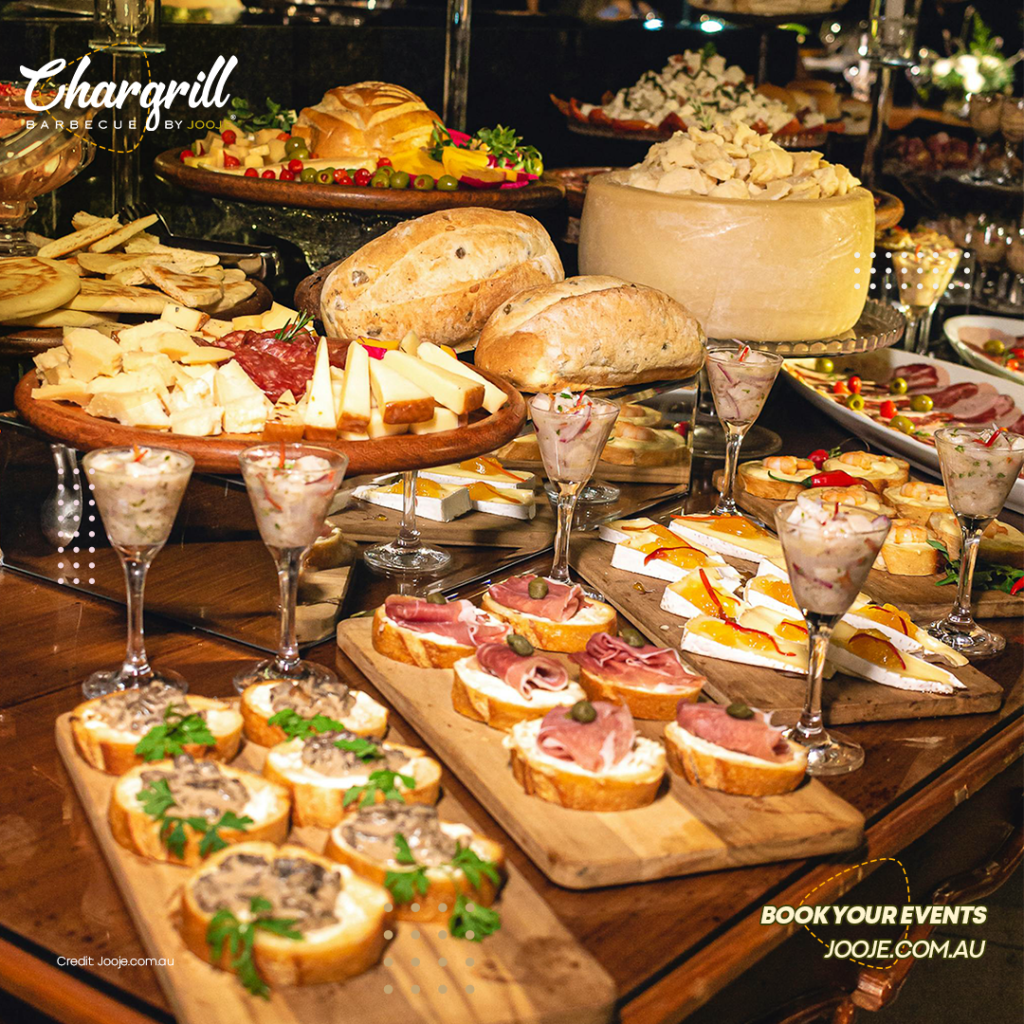
Examples of When Buffet Service Shines
- Outdoor weddings with a casual and festive ambiance.
- Receptions with a large number of guests where individual preferences are diverse.
- Themed receptions where the food can complement the overall theme.
- Weddings with a focus on creating a relaxed and social environment.
Planning Your Wedding Buffet Catering
Proper planning is crucial to ensure your wedding buffet runs smoothly and meets your expectations. Here are some essential steps to consider:
- Budgeting: Determine your budget early on and allocate funds for food, beverages, and necessary equipment. Buffets can be cost-effective, but it’s important to plan for any additional expenses.
- Guest Count and Venue Considerations: Ensure your venue has adequate space for a buffet setup and that it can accommodate your guest count comfortably. Consider the layout and flow to prevent bottlenecks.
- Menu Selection: Work with your caterer to create a diverse menu that includes appetizers, main courses, side dishes, and desserts. Consider dietary restrictions and preferences to ensure all guests are catered to.
- Logistics and Timing: Plan the timing of your buffet service to align with your wedding schedule. Coordinate with your caterer to ensure food is replenished and kept at the right temperature throughout the event.
Popular Wedding Buffet Menu Ideas
Creating a well-rounded buffet menu is key to satisfying your guests and enhancing their dining experience. Here are some popular menu ideas to inspire you:
- Appetizers: Mini quiches, bruschetta, stuffed mushrooms, shrimp cocktails.
- Main Courses: Carved roast beef, grilled chicken, vegetarian lasagna, seafood paella.
- Side Dishes: Roasted vegetables, mashed potatoes, pasta salad, mixed greens.
- Desserts: Mini cheesecakes, chocolate fountain, fruit tartlets, assorted pastries.
Tips for a Successful Wedding Buffet
To ensure your wedding buffet is a hit, consider these practical tips:
- Food Presentation: Arrange food in an attractive and organized manner. Use elegant serving dishes and labels to guide guests.
- Managing Lines: Set up multiple serving stations to reduce wait times and keep lines moving smoothly.
- Accommodating Dietary Restrictions: Clearly label dishes with potential allergens and provide alternative options for guests with dietary needs.
- Hiring Professional Staff: Even with a buffet, having professional staff on hand to assist with serving, replenishing, and maintaining the buffet is essential.
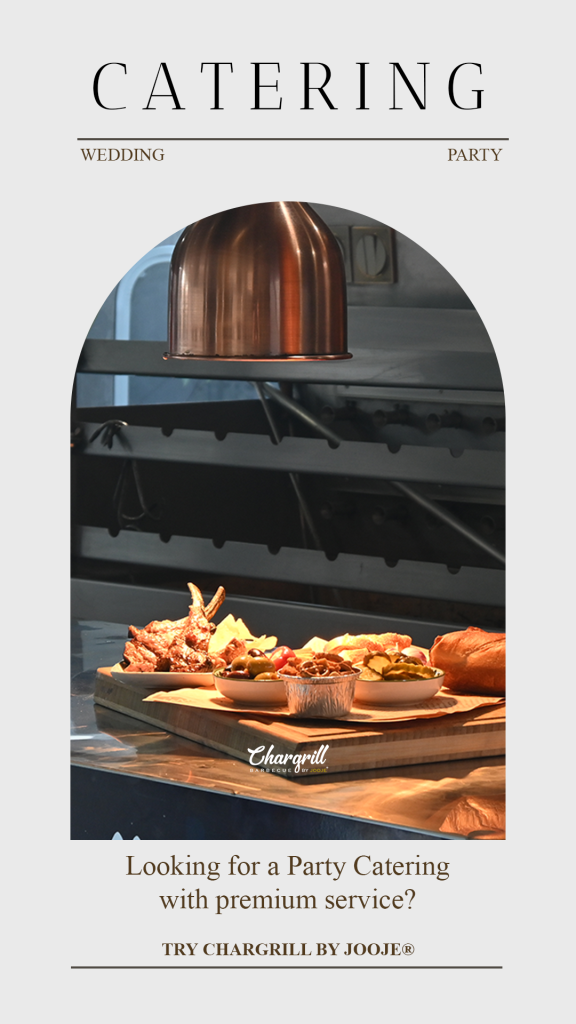
Hiring the Right Wedding Buffet Caterer
Choosing the right caterer can make or break your wedding buffet. Here are some tips for selecting a reliable and experienced caterer:
- Research and Reviews: Look for caterers with positive reviews and testimonials from previous clients. Check their reputation and experience with wedding buffets.
- Menu Tasting: Schedule a tasting session to sample their offerings and discuss menu customization.
- Clear Communication: Ensure the caterer understands your vision, preferences, and any specific requirements. Clear communication is key to a successful collaboration.
- Contracts and Policies: Review contracts carefully, paying attention to details such as pricing, payment schedules, cancellation policies, and what’s included in the service.
How much Buffet Food Quantity You should Estimates for Guests?
| How Much Food Do I Need? | Guests | Estimated Buffet Food (per person) | Total Estimated Food (kg) |
|---|---|---|---|
| How much wedding buffet food for 50 guests? | 50 | 0.34 kg | 17.01 kg |
| How much buffet food for 70 guests? | 70 | 0.34 kg | 23.81 kg |
| How much buffet food for 100 guests? | 100 | 0.45 kg | 45.36 kg |
| How much buffet food for 150 guests? | 150 | 0.45 kg | 68.04 kg |
| How much buffet food for 200 guests? | 200 | 0.57 kg | 113.40 kg |
| How much buffet food for 250 guests? | 250 | 0.57 kg | 141.75 kg |
| How much buffet food for 300 guests? | 300 | 0.68 kg | 204.12 kg |
Please note: These are estimates and the actual amount of food for buffet Wedding Catering you’ll need will depend on several factors, including:
- Type of event: Is it a lunch, dinner, or cocktail reception? People typically eat more at dinner receptions.
- Time of day: People tend to eat more at meals served later in the day.
- Guest demographics: Age, gender, and activity level can influence how much people eat.
- Dietary restrictions: Be sure to factor in vegetarian, vegan, or gluten-free options if needed.
- Variety of dishes: If you have a wider variety of foods, people are likely to eat less of each one.
Here are some additional tips for estimating buffet food quantities:
- Consider offering a mix of protein, carbohydrates, and vegetables.
- Account for about 85-113 grams of protein per person.
- Include 170-227 grams of starches and a similar amount of vegetables.
- Factor in some finger foods or appetizers for earlier events or receptions.
- It’s always better to have a little extra food than to run out.
If you’re unsure about the amount of food to order for Catering Wedding Buffet, it’s best to consult with us as your professional caterer. we can help you create a menu and estimate the quantities based on your specific needs.
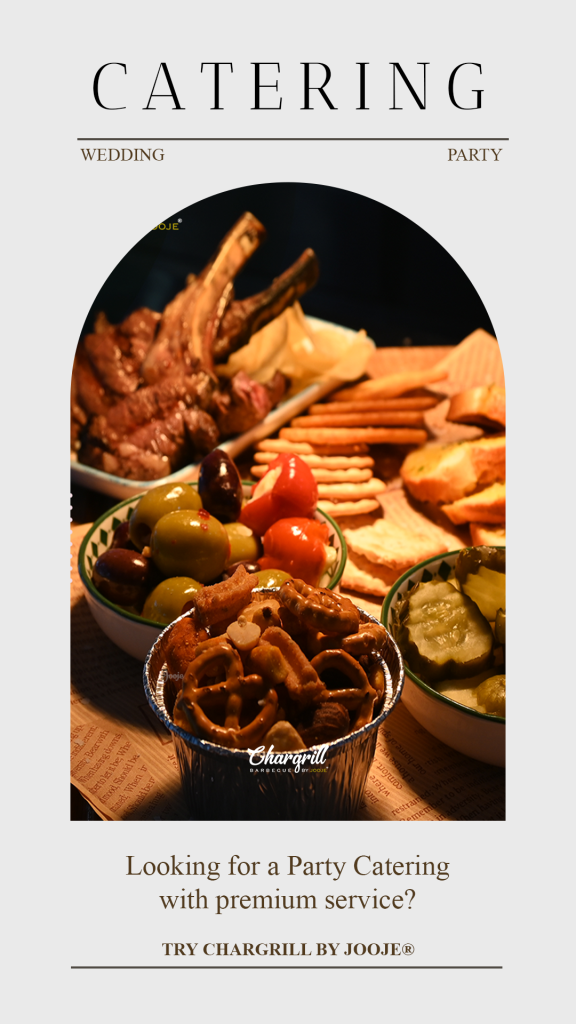
How much buffet food for 100 guests?
Planning a buffet for 100 guests involves estimating the right amount of food to ensure everyone is satisfied without excessive leftovers. Here are some general guidelines to help you determine the appropriate quantities:
Appetizers
For a full meal wedding buffet, aim for 6-8 appetizers per person:
- Appetizer servings: 600-800 pieces total
Main Dishes
- Proteins: Plan for 1.5 servings of protein per person:
- Meat (chicken, beef, pork): 120-150 pounds total (roughly 1/2 pound per person)
- Seafood: 50-60 pounds total (if offering as an additional option)
- Vegetarian options: Adjust based on guest preferences, typically 10-15% of total protein
- Side Dishes: Offer 3-4 side dishes with 3-4 ounces per person per side:
- Starches (potatoes, rice, pasta): 35-40 pounds total
- Vegetables: 35-40 pounds total
- Salads: 20-25 pounds total
Bread/Rolls
- Bread/Rolls: 200 pieces (2 per person)
- Butter: 5 pounds (or equivalent in individual servings)
Desserts
- Dessert servings: 1.5 pieces per person
- Dessert variety: Offer a mix (cakes, pies, pastries, cookies):
- Total desserts: 150 pieces
Drinks
- Non-alcoholic: 5 gallons of beverages (water, tea, coffee) per 100 guests, plus 1-2 non-alcoholic options like soda or juice
- Alcoholic: If serving, adjust based on consumption patterns (typically 1 drink per person per hour)
Practical Tips
- Variety: Ensure a mix of flavors and textures to cater to different tastes and dietary needs.
- Buffet layout: Arrange food to facilitate easy flow and minimize wait times.
- Serving size control: Use smaller plates to help guests manage portion sizes.
These estimates provide a solid foundation for Wedding Buffet Catering options and packages, but it’s always good to consult with your caterer to adjust quantities based on your specific menu and guest preferences
Themed Food Stations: A Culinary Journey
Imagine transporting your guests on a global culinary adventure with themed food stations. Here are some inspiration starters:
- Around the World: Offer a taste of different continents with stations dedicated to:
- Asian Fusion: Spicy Thai curries, fragrant Vietnamese spring rolls, and flavorful Korean BBQ skewers.
- Mediterranean Delights: Hummus and pita bread variations, colorful dolmas, and a selection of marinated grilled vegetables.
- Latin Fiesta: Mini tacos with various fillings, vibrant salsa dips, and cheesy quesadillas.
- Rustic Charm: Embrace a down-home feel with stations like:
- Charcuterie & Cheese: A selection of cured meats, artisan cheeses, fresh fruits, jams, and crusty bread for an elegant grazing experience.
- Mason Jar Salads: Pre-assembled salads in mason jars with creative toppings like grilled chicken, roasted vegetables, or quinoa, allowing guests to customize their own.
- Mini Comfort Food: Bite-sized mac and cheese, mini pot pies, and gourmet grilled cheese variations for a touch of nostalgia.
- Seasonal Specialties: Highlight the bounty of the season with stations like:
- Summer Harvest: A chilled seafood bar with fresh oysters, shrimp cocktail, and seasonal grilled fish. Display colorful summer salads and a refreshing gazpacho station.
- Autumnal Abundance: A carving station featuring roasted turkey or slow-cooked lamb. Include sweet potato casserole, spiced apple stuffing, and a selection of seasonal vegetables.
- Winter Wonderland: A hearty carving station with roasted prime rib or glazed ham. Offer comforting sides like creamy mashed potatoes, creamed spinach, and decadent winter squash ravioli.

Unique Menu Items to Elevate Your Buffet
Beyond thematic stations, specific dishes can elevate your buffet experience. Here are some ideas to spark your creativity:
- Interactive Food Stations: Live cooking stations add a dynamic element. Consider a crepe station where guests can choose their own fillings, a stir-fry station with various protein and vegetable options, or a pasta station with a selection of sauces and toppings.
- Global Street Food Delights: Miniature versions of popular street food from around the world will be a hit. Think crispy samosas, savory bao buns, or mini tacos al pastor.
- Artisanal Charcuterie Boards: Elevate the classic charcuterie board with a selection of locally sourced artisanal cheeses, cured meats, gourmet olives, and pickled vegetables.
- Dessert Extravaganza: Ditch the traditional wedding cake and offer an assortment of miniature desserts like bite-sized cheesecakes, fruit tarts, and decadent chocolate truffles.
Remember, presentation is key in any Wedding Buffet Catering! Invest in attractive serving platters, colorful garnishes, and clear signage to make your buffet visually enticing. Don’t forget to cater to dietary needs by clearly labeling dishes containing allergens or offering vegetarian and vegan options.
By embracing unique buffet options and indulging in creative culinary ideas, you can ensure your wedding reception becomes an unforgettable feast for all your guests.
What are the benefits of choosing a wedding buffet over a plated meal?
Choosing a wedding buffet over a plated meal offers several benefits, including a greater variety of food options, a more relaxed and interactive dining experience, and cost-effectiveness. Buffets allow guests to select dishes according to their preferences and dietary restrictions, making it a versatile choice for diverse groups.
How can I ensure there is enough food for all my guests?
To ensure there is enough food for all your guests, work closely with your caterer to estimate appropriate quantities based on your guest count. It’s also a good idea to plan for extra portions of popular dishes and to have a strategy for replenishing the buffet throughout the event.
What types of dishes are typically included in a wedding buffet menu?
A wedding buffet menu typically includes a variety of appetizers, main courses, side dishes, and desserts. Popular choices include mini quiches, carved roast beef, grilled chicken, vegetarian lasagna, roasted vegetables, mashed potatoes, and an assortment of mini desserts like cheesecakes and fruit tartlets.
How can I accommodate guests with dietary restrictions at a buffet?
Accommodating guests with dietary restrictions at a buffet involves clearly labeling dishes with potential allergens and providing alternative options such as gluten-free, vegetarian, or vegan dishes. Communicate with your caterer to ensure a diverse selection that meets various dietary needs.
What are some tips for managing lines and wait times at a wedding buffet?
To manage lines and wait times at a wedding buffet, set up multiple serving stations to reduce congestion and keep the lines moving smoothly. You can also stagger the timing of when tables are invited to the buffet to prevent everyone from going at once. Professional staff can help direct guests and maintain order.
How do I choose the right caterer for my wedding buffet?
Choosing the right caterer involves researching potential caterers’ reputations, reading reviews, and scheduling menu tastings. Ensure clear communication about your vision, preferences, and any specific requirements. Review contracts carefully, paying attention to details such as pricing, payment schedules, cancellation policies, and what’s included in the service.


